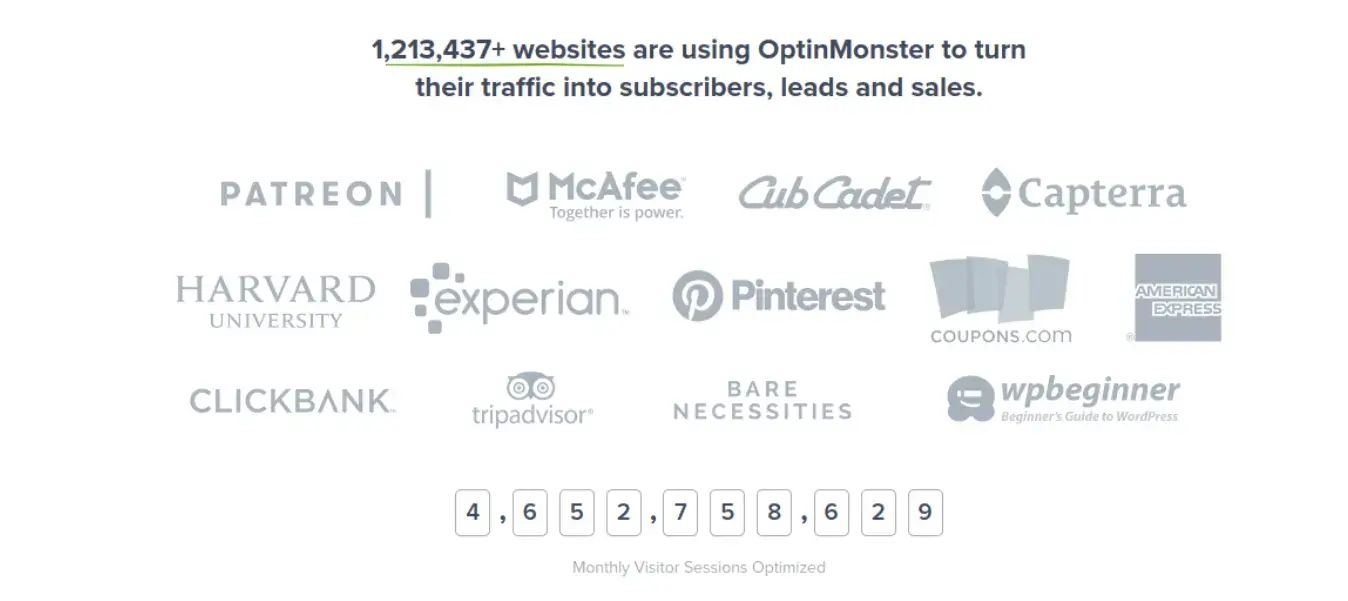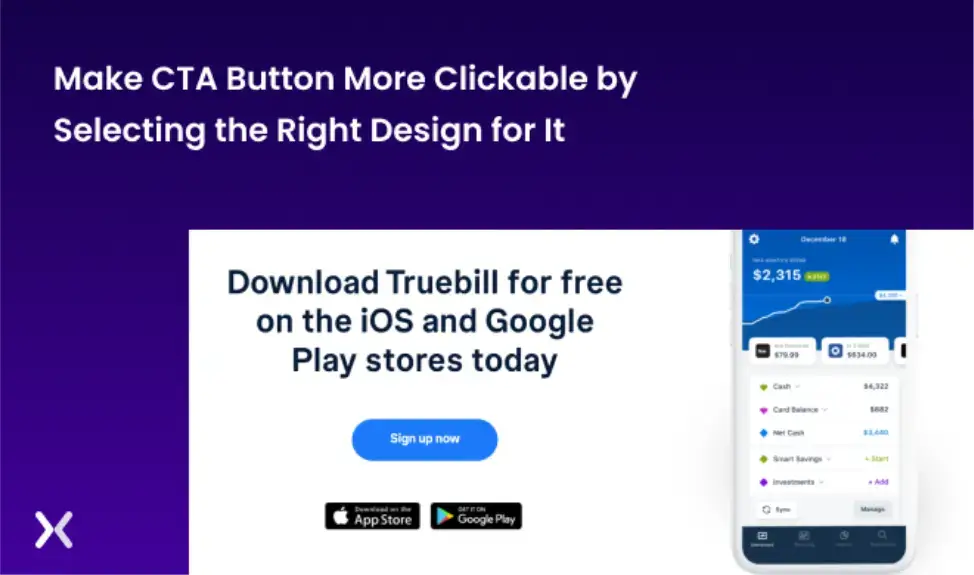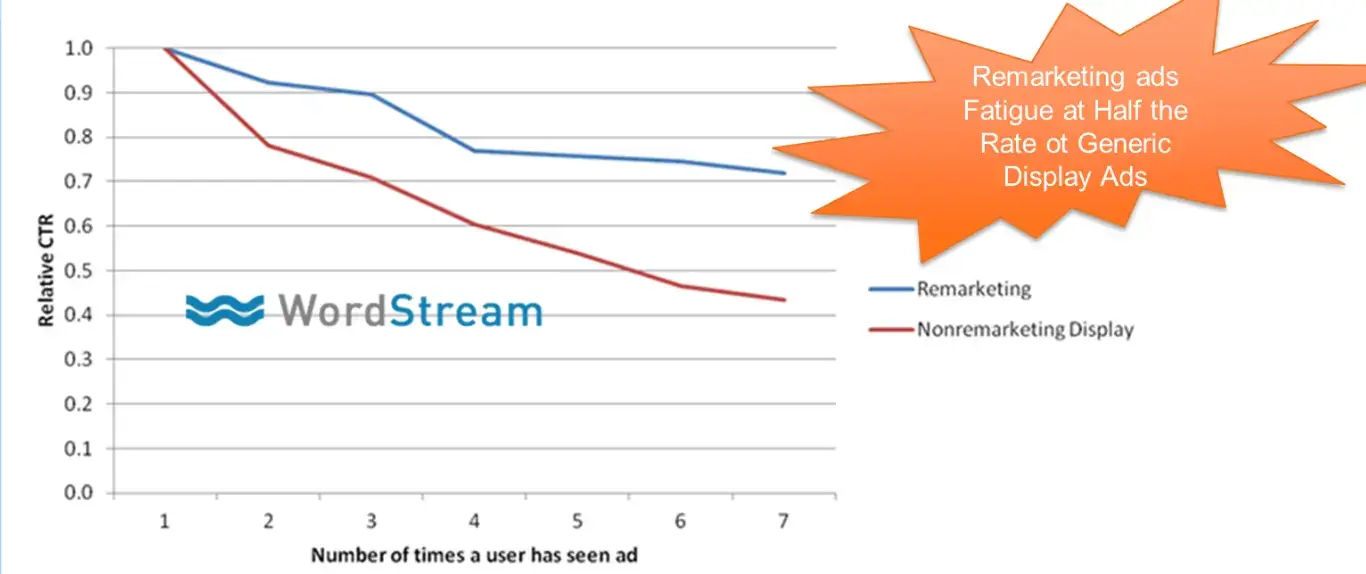Effective lead generation is crucial for business growth and involves strategies like split testing, creating clear landing pages, using social media, and implementing remarketing techniques to convert leads into customers.
Businesses can build a steady stream of high-quality leads by continuously experimenting, refining, and focusing on the most effective approaches.
In this post, we will capture how to generate more leads for your startup effectively.
In this article:
- What is Lead Generation?
- 16 Uncommon Lead Generation Strategies for Startups
2. Make landing pages clear and easy to follow
3. Create multiple signup options
4. Remove friction from your signup forms
5. Answer questions on Quora
6. Build your social media presence
7. Develop a custom 404 page
8. Understand the basics of color psychology
9. Start implementing SEO
10. Include live chat
11. Use effective calls-to-action (CTA)
12. Keep your message consistent
13. Social media is a must
14. Generate better offers
15. Go all in on remarketing
16. Use Gmail ads to target competitor's customers
What is Lead Generation?
Lead generation refers to attracting and capturing potential customers or individuals who have expressed interest in your startup.
The goal of lead gen is to gather contact information or other relevant data from these potential customers so that you can nurture and convert them into paying customers.
If you’re starting a new business, use a startup business plan template to quickly get the fundamentals in place so you can focus on generating leads and growing your business.
Examples of leads are people who decide to attend your webinars, download guides, sign up for your newsletter, and so on.
Because they have engaged with your business, they permit you to contact them through email or phone. Lead generation, also short for lead gen, fills a sales funnel with interested parties.
Think of it this way. Let’s say you are selling project management software.
One way to build leads is by sending a PDF guide to manage projects efficiently. Or set a virtual appointment for further discussion where you can brief the lead so they can convert.
Those who want to read the guide submit their contact information, so this content guide serves as a mouthpiece to generate leads.
1. Test the right way
Advice that appears great at the surface traps you into a dangerous line of thinking in that you begin to imagine that since it worked for someone else, it will work for you too.
That doesn’t mean you get to ignore the advice, but you need to test and do things right. The right direction to follow at this stage is to split-test things, even when you don’t feel the need to.
The results you will see will often be counterintuitive, but that’s why testing is so critical. You can always use marketing automation software to make testing these strategies easy and possible.
In a particular case study changing the phrase from “Create my account” to “Create your account” made a big difference in conversions.
The original GoCardless landing page had “Request a demo” as the CTA. This was then changed to “Watch a Demo”. The “Watch a Demo” version was more effective resulting in 139% improve in conversions.
Other things to test for are relevancy, images, and more. Split-test your headline, copy, and background image. The results will make you happy, and you will make better decisions.
2. Make landing pages clear and easy to follow
The most effective landing pages don’t make the user work too hard.
For instance, they may have an easy video for the user to click on, watch and process things, and it outperforms free reports because plenty of people feel overloaded with the information and won’t be happy downloading stuff that’s even longer.
Video lead magnets have been problematic in the past. One common problem is video lead magnets are far too common and, as such, aren’t as hot as they were before.
That’s why don’t be hard-pressed to use a video for the sake of it.
Free tools can be powerful lead magnets. An example is Close CRM, which has a free cold email generator salespeople can use to draft effective cold emails quickly.
3. Create multiple signup options
Webinars, reports, and live demos are some of the best examples of turning them into opt-in pages. PDFs of blog posts, worksheets, resource guides, and more are even more examples.
Take, for instance, this immigration case management software site. They have a signup form at the bottom of the blog post.

You can always conduct cold outreach to get new leads, but inbound leads tend to convert better.
Don’t limit yourselves to sidebar opt-in boxes. Go beyond to create popups. Get a decision from people. It’s easier to decline when the opt-in is on the sidebar.
A popup may increase conversions by anywhere from 3.09% to 28%.
You will get more signups on your site according to what you have learned about opt-in opportunities. You don’t need to rely exclusively on sign-up forms for the sidebar or at a fixed position on your blog.
Some people even place opt-in forms on their articles. The end and the start are great places.
Next, consider extending each piece of content to opt-in offers. Make the offer attractive enough to gather interest.
Offer free PDFs, checklists, eBooks, reports, and whitepapers, to name a few. HelloBar is another option to gamify your offer.
4. Remove friction from your signup forms
Leads regularly abandon forms they can’t figure out. If someone tries to reach your landing page, don’t prevent them from signing up with too many errors on their path.
Think of these problems as sales objections and work at rectifying them. Removing these objections is like scoring quick wins for your business.
If people make errors when signing up, highlight them so people can quickly know what to fix. It is easy to do if they start filling out the form immediately.
OptinMonster explains its value proposition with buckets of social proof. That makes them irresistible.

Additionally, simplify the signup form by deleting unnecessary fields. The more fields someone has to fill out, the more friction you create.
5. Answer questions on Quora
You must also promote off-site in as many places as possible. Quora can help you gain authority and build traffic and subscribers.
Quora covers questions on every category under the sun. Visit discussions and provide your opinion. If the answer has value, you will get traffic and leads to your landing pages.
You can link back to your content from within Quora.
6. Build your social media presence
Social media doesn’t cost you anything if you only use the platform to post content which means free promotion for your business.
It seems obvious, but social media promotion is something most businesses have no idea how to do right.
You are starting to advertise on the platform. Share pictures of products and services. Share photos of corporate events and anything else your leads may be interested in. It helps convert more people.
Remove the barrier between you and your audience and divorce yourself from being another nameless, faceless entity.
In addition to content, remember to share interesting content and videos which can be easily scheduled with the help of social media scheduling tools. Curated content sometimes performs better than your own content and helps you build relationships and partnerships.
7. Develop a custom 404 page
It would surprise you to find how many visitors who intended to land on landing pages instead land on 404 pages because of outdated pages. That goes on to show you don’t care.
You can turn this into a lead generation window in multiple different ways. You can provide sign-up forms for new products. And all in all, turn the opportunity into one that creates value.
Here’s an example from Wpforms that gives you the search bar to look for and find things.

A simple strategy for small businesses is to post the most popular posts on your site on this page and make a big difference.
8. Understand the basics of color psychology

Look at how the blue ‘Sign up Now’ button contrasts with the rest of the page.
Color is way more important than what you may imagine. A color like yellow associates itself with fun or humor, while green evokes feelings of harmony and love.
It is not only your copy. It’s the effectiveness of the copy, its placement, shape, or even color.
Take some time to learn about essential elements of color psychology when you put together a landing page with call-to-action buttons.
9. Start implementing SEO
A study conducted by Chitika Insights reported most of 91.5% of Google searchers stay on the first page with only nearly 4.8% of people going to the second page.
This implies that less than 10% of search users go to the second page for results. Your best bet to get organic traffic is to be on the first page or as near it as possible.
Search engine rankings and visibility involve one of three things:
- Solving a problem
- Providing great information
- Being clear with your writing
If you produce quality content, search engines will start noticing you and rank your site higher on SERPs.
10. Include live chat

Live chat helps you be accessible to customers in real-time and gets you new and revised interest from new visitors and customers and repeat business.
Live chat allows your customers to reach you effectively without ever having to send an email. You can ask and answer their questions. A window that opens in chat creates a new relationship.
11. Use effective calls to action (CTA)
A CTA button sends prospects to a destination when they get an offer. CTAs provide people with additional information.
Ensure the copy catches hold of someone’s attention. The CTA should make sense based on actions for the customer as a next step.
CTAs work when they send visitors to the landing page, where they can see specific offers that match where the visitor in the funnel is. Never send people to homepages with CTAs.
Even if the CTA concerns the brand, you should send people to a landing page.

12. Keep your message consistent
Lead generation campaigns convert well when they deliver on promises and create good transitions from the copy to the design and deliverables.
Present a consistent message throughout the process and provide value to anyone that engages. Even on the 404 page, Slack is simply being Slack.

13. Social media is a must
Add links to landing pages of top offers on Facebook, LinkedIn, Twitter, and other social media content. Set expectations.
Next, tell readers you will send them landing pages that meet their expectations from the social media channel.
Contests are another avenue to increase organic leads. Contests are a fun way to learn more about your audience.
14. Generate better offers
Unless you belong to the top cadre of advertisers who know what they’re doing, there’s plenty of room for improvement.
The top 10% of landing pages average a conversion ratio of 4x to the average.

Another creative thing to do is generate better offers. They are supposed to be more meaningful than typical run-off-the-mill offers where you change button colors or font faces.
Almost all SaaS products I’ve known offer a spin on a free trial. What you offer must be unique, compelling, and provide real value to the visitor.

It allows the conversions to go through the roof. Run with an idea that people don’t have to commit to and one that doesn’t take them through the entire process of downloading, installing, and using your software.
To date, offering a free trial is one of the most effective lead generation strategies.
If conversions are lower than 2%, try changing your offer. The top 25% of advertisers get a 5.31% conversion rate, while the top 10% get 10%. It gives you the odds to grow.
15. Go all in on remarketing
Remarketing helps you tag site visitors and be in front of them as they search, visit different sites, and buy stuff online. They could be watching a random Facebook video and also see your ad.
Remarketing is so powerful that it turns casual visitors into leads. 97% of people leave your landing page as non-visitors.
Remarketing helps improve the effect of your marketing efforts with content and social media and gives you a front seat to your audience.
Millions of websites and videos show that the fatigue from remarketing ads is 50% less than regular ads. Be aggressive in your remarketing strategy.

16. Use Gmail ads to target competitor’s customers
Gmail ads are an excellent tool for reaching your target audience. For SaaS startups, no audience is better than that of your competitor’s customers.
With Gmail ads, you can tailor your campaign to those who get emails from competitors giving you access to people who use similar products.
You can do this in different ways. Target keywords that your competitors are using. Sign up to their lists and use words or phrases they routinely use.
Also, target your competitor’s domains. If you are a cloud storage company, get emails from other similar companies and use them for domain placements.

Gmail ads used this way help you target the same audience at a fraction of the cost.
Concluding Thoughts
Lead-generation ideas can be hard to come by if you are regularly in the habit of brainstorming.
Implementation can also take a lot of time and effort, but if you're willing to stick with the process, you'll be able to increase conversions and attract more leads for your business.
The only thing to remember is some days you get tons of leads, and other days perhaps none. The grind is here every day.
Ongoing, consistent effort is required to produce a steady stream of leads. Experiment, test, tweak, and focus on the most effective strategies. Balance your set-and-forget efforts with all the other work you do already.


